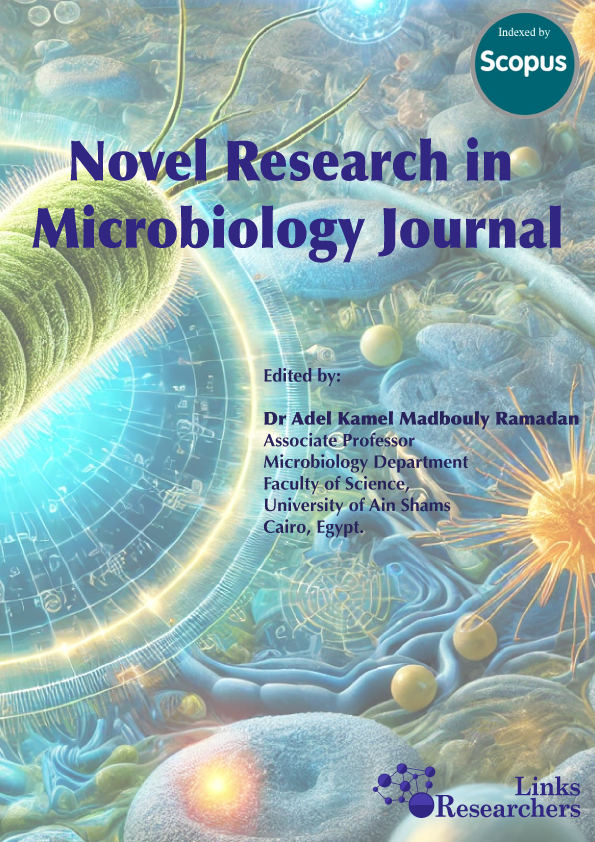Alzheimer’s disease remains a significant socio-economic problem in modern medicine.
This disease is a neurodegenerative one that is characterized by the plaque formation and
neurofibrillary tangles, due to the accumulation of β-amyloid peptide in the medial regions of
the temporal lobe and the neocortical regions of the brain. It is impossible to name the sole
cause of Alzheimer's disease; however, the features of pathogenesis of this disease are known,
including cholinergic deficiency; beta-amyloid toxicity, hyperphosphorylation of a
microtubule-associated protein Tau, synaptic dysfunction, oxidative stress, and neuroinflammation.
Unfortunately, Alzheimer's disease is still incurable; however, data are
increasingly appearing on the participation of the bacterium Porphyromonas gingivalis that
colonizes the periodontal pockets, in the pathogenesis of this disease. This article aimed to
describe the possible involvement of Porphyromonas gingivalis in the pathogenesis of
Alzheimer's disease. Meanwhile, in patients with Alzheimer's disease; several structures of the
Porphyromonas gingivalis including the nucleic acids were found in the brain tissues and the
cerebrospinal fluid. It can be assumed that part of the effect of Porphyromonas gingivalis on
the brain cells is mediated by the transport of active metabolites of this bacterium into the
outer membrane vesicles. These outer membrane vesicles contain the main Porphyromonas
gingivalis virulence factors; gingipains, and iron-binding proteins. Indirect penetration of the
Porphyromonas gingivalis pathogenicity factors into the brain tissue through the outer
membrane vesicles and/ or as part of the bacterial cell structures leads to neuro-inflammation
and accumulation of the amyloid plaques. It is concluded that focusing on this bacterium as a
risk factor for Alzheimer’s disease development will help to develop an effective therapy and/
or a set of preventive measures.





